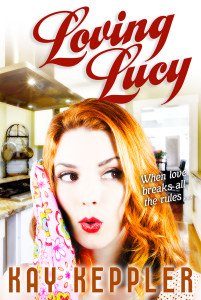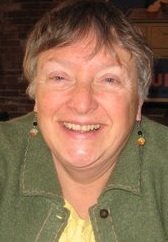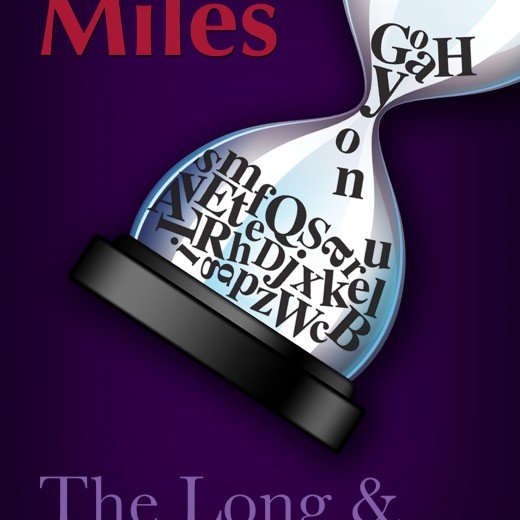Use Structure to Build Emotion by Kay Keppler
 Let’s welcome back monthly columnist, editor, and novelist, Kay Keppler, as she shares with us “Use Structure to Build Emotion!” Enjoy!
Let’s welcome back monthly columnist, editor, and novelist, Kay Keppler, as she shares with us “Use Structure to Build Emotion!” Enjoy!
***
When you tell a story, you want your readers to stay glued to the page—and they will, if they love your story. If they identify with your heroine and fear for her safety or hope she overcomes her challenges, they’ll stick with you, and you’ll have succeeded as a storyteller.
Eliciting Emotions
Your success depends on your ability to elicit emotion from your readers. They want to feel—they want to get caught up in the adventure. They must feel, if they are to like your story. But while you want your readers to get emotional, that doesn’t mean you should write without structure and purpose.
Good stories all have a protagonist and an antagonist who are in constant conflict while they pursue their goals. And no matter what kind of story you write—romance, comedy, suspense, science fiction, or fantasy—most stories have the same basic linear structure.
Linear Structure: an Ancient Concept
Linear structure has existed since the time of Aristotle, who defined it as having a beginning, a middle, and an ending. (Or as Aristotle liked to say, protasis, epitasis, and catastrophe.) Obvious, right? Except that Aristotle demonstrated the value of the chronological progression—the cause and effect, the action/reaction that sets plots in motion. You know how it goes: First, this happened. Because of that, then this happened. Rinse and repeat until you get to the ending, when the conflict ends by one means or another.
The beginnings and endings weren’t a problem for early writers. (And they often aren’t that hard for modern writers, either.) The story had to start with a bang, and at the end, all the loose ends had to be tied up. The problem for Aristotle, and then Horace, and then Gustav Freytag, was what to do with the middle, which sagged. In 1863 or thereabouts, Freytag came up with a structure to boost that sagging middle: a triangle with five elements of story.
Freytag’s Triangle
Freytag’s triangle, or pyramid, started with Exposition on the bottom on the left—the story setup. Then on the way up: Rising Action, or the protagonist’s initial conflicting events. At the peak of the triangle was the climax, the point where everything changes. Then on the way down, falling action, as the plot moves toward stability, and then the ending, or catastrophe.
Since Freytag, other writers have messed around with these elements. Michael Hauge, a screenwriter, has expanded Freytag’s elements into six stages with five turning points, and poses the stages as steps in character development. He ditched the triangle, too. Hauge explains this really well in a series of YouTube talks and articles on his website, so for the full monty, check him out.
Hauge’s Six-Stage Story Structure
Hauge begins Stage 1, the Setup, with the protagonist in “full identity.” That means that the protagonist sees himself in a certain way—for example, he’s a successful doctor with a thriving practice. But he has needs and desires that he doesn’t even realize yet. Stage 2 begins with the New Situation, in which the doctor “glimpses his essence.” Perhaps the doctor sees a news story of a train wreck and is surprised at the depth of his feeling for the injured. So he’s an ambitious doctor, but with a humanitarian streak.
Stage 3 is about Progress. Our doc has decided to volunteer at a free health clinic on the weekends so he can help people in dire need of medical services, but he’s still working all week at his thriving practice. Stage 4 presents Complications and Higher Stakes. Here the doctor “moves steadily into essence,” so he neglects his practice and spends more time at the clinic. Work at the practice suffers, and his colleagues and patients there are upset and object to his absence.
But in Stage 5, the Final Push, the worst happens. The doctor “retreats to identity, then returns fully to essence.” His partners tell him that his behavior is threatening the practice, and he must quit the clinic—so he does. But his failure to support the clinic eats at him and makes him miserable.
And then we arrive at Stage 6, the Aftermath, and a “transformed existence.” The doctor sold his share of the practice to his remaining partners and became a full-time practitioner at the free health clinic, where he has found his true calling.
Using the Stages to Create Emotion
The doctor story is rough, but you get the idea of how the character changes through the stages, and that helps to build empathy—and create emotion—in your readers. A real story would, of course, have to be much more complicated, with subplots, secondary characters, and probably a love interest, all of which would intertwine with the basic stages. However, the six stages are a handy tool either for blocking out your story before you begin, or using it as a template when you’re finished to see that all the transformational stages have been completed.
Thank you, Aristotle!
***
ABOUT THE AUTHOR
Kay Keppler is an author Zero Gravity Outcasts, Betting on Hope, Gargoyle: Three Enchanting Romance Novellas, and editor of fiction and nonfiction –Angel’s Kiss and Outsource It! She lives in northern California. Contact her here at Writer’s Fun Zone in the comments below, or at kaykeppler@yahoo.com to ask questions, suggest topics, or if you prefer, complain.
is an author Zero Gravity Outcasts, Betting on Hope, Gargoyle: Three Enchanting Romance Novellas, and editor of fiction and nonfiction –Angel’s Kiss and Outsource It! She lives in northern California. Contact her here at Writer’s Fun Zone in the comments below, or at kaykeppler@yahoo.com to ask questions, suggest topics, or if you prefer, complain.






